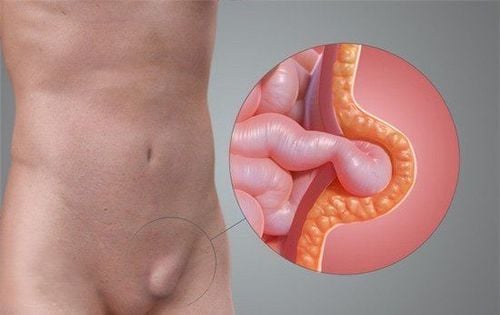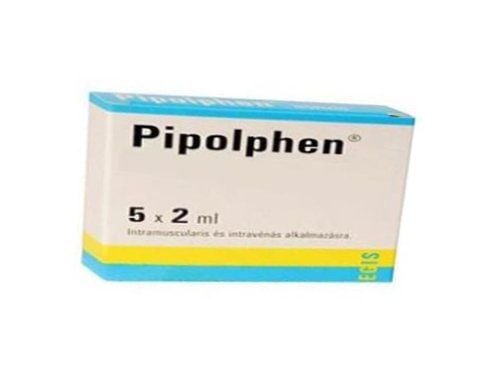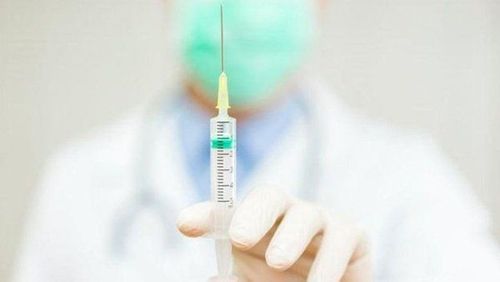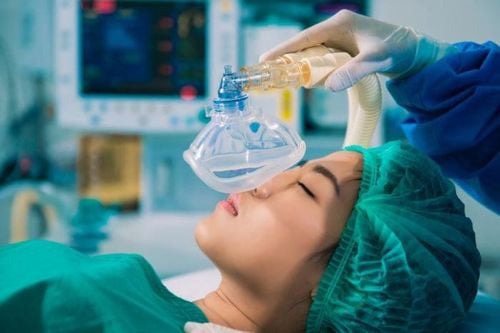This is an automatically translated article.
Article written by Pharmacist Nguyen Thi Bich Phuong, Clinical Pharmacist - Faculty of Pharmacy - Vinmec Ha Long International Hospital
Anesthesia is the medical term for drugs that are used before, during, or surgery to ensure that the patient does not feel pain during the procedure. In some cases, the drug makes the patient feel like they are asleep and when they wake up from the anesthesia, they won't remember what happened.
1. Anesthesia Overview
There are 3 types of anesthesia, basic anesthesia: local anesthesia, regional anesthesia and general anesthesia.
Depending on the patient's condition and the type of surgery and procedure, the doctor will decide the method of anesthesia.
2. What are anesthetics made of? Anesthetic ingredients
Based on the method of drug delivery, anesthetics are divided into 2 types:
+ Inhalation anesthetic
+ Intravenous anesthetic
Inhalation anesthetics are divided into two types: Volatile and Gas
Volatile form: + Sevoflurane (brand name: Sevorane), Desfluran (brand name: Suprane), Isofluran (brand name: Aerrane): The essence is ether, with a sweet aroma, non-flammable, ready-made. as bottled liquid. The drugs are delivered through a dedicated vaporizer mounted on an anesthetic device.
+ Halothan (Brand: Fluorothane): Essentially a halogenated derivative of hydrocarbons, colorless, volatile, non-flammable.
Gaseous form: N20 gas (Nitrogen oxide): It is a colorless, flammable, sweet-tasting natural gas, also known as "laughing gas". Intravenous anesthetics:
Includes: Propofol (brand name: Diprivan), Ketamine (brand name: Ketamine), Etomidate (brand name: Etomidate).
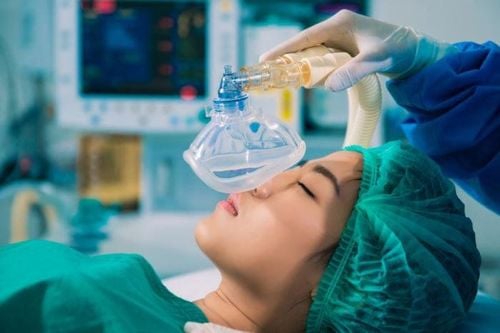
Thuốc mê đường hô hấp
3. Mechanism of action of anesthetics - pharmacological anesthetics
General anesthesia is a reversible state that includes:
+ Loss of consciousness
+ Memory loss
+ Pain relief
+ Immobilization
+ Loss of consciousness, sensation
Mechanism of anesthesia has not been established clearly known. Up-regulation of the inhibitory function of the neurotransmitter GABA through GABA receptor binding is one of the known mechanisms of anesthetics.
Inhalation anesthetics are complete general anesthetics, in that they have all of the above effects at suitable concentrations. After inhalation of anesthetics, the drug causes a continuous effect: from sedation to general anesthesia - Inhalation anesthetics have a dose-responsive effect: the higher the dose, the more anesthetic and inducing the deeper the passion.
Intravenous anesthetics : Usually used intravenously in combination with adjuvant drugs during general anesthesia. There is no fixed dose of intravenous anesthetic for all subjects.
The initial dose needs to be individualized for each subject and the additional dose is adjusted according to the patient's response related to consciousness, memory, and reflexes.
4. General note when using anesthetics
Before surgery, you should answer exactly the questions the anesthesiologist is asking you and feel free to ask the anesthesiologist questions about the risks, benefits of anesthesia and the appropriate type of anesthesia best with you. Before, during and after anesthesia, the doctor will check the patient's condition, so you should not be too worried before anesthesia for surgery.
Some side effects to watch out for when using anesthetics are as follows:
Volatile inhalation anesthetics can cause adverse effects including dose-dependent respiratory depression, muscle weakness Cardiac and vasodilatation can cause hypotension. In addition, use of any volatile agent was associated with an increased risk of nausea and vomiting in the postoperative period, compared with intravenous anesthetics.
The risk of developing delirium may be increased, especially in children. Furthermore, all volatile inhalation anesthetics have the potential to induce malignant hyperthermia in susceptible individuals.

Bác sĩ sẽ kiểm tra sức khỏe của bạn trước khi chỉ định gây mê
Patients may have a sore throat due to endotracheal intubation (breathing tubes) during anesthesia. This condition should improve soon after extubation.
When using intravenous anesthetic, doctors often use a combination of some supportive drugs to reduce irritation and cough reflex during endoscopy, intubation, and pain relief when injecting anesthesia.
Propofol: The intravenous anesthetic of choice in most patients due to its rapid anesthesia, rapid awakening, many benefits, and few side effects. Some of the notable adverse events include: Hypotension, dose-dependent respiratory depression, injection site pain, risk of infection, and anaphylaxis, rarely seen in patients allergic to soybean oil and egg phospholipids. .
Etomidate: Usually chosen in hemodynamically unstable patients, as it does not alter blood pressure or heart rate.
Potential side effects include transient acute adrenal insufficiency, higher rates of nausea and vomiting compared with other intravenous anesthetics, pain on injection, no analgesia, slight increase in strength Airway resistance
Ketamine : May be chosen in patients at risk or experiencing hypotension because the drug often increases blood pressure, heart rate.
Other advantages of the drug include bronchodilator, strong analgesia, maintenance of airway and airway reflexes, can be administered intramuscularly if intravenous administration is not possible.
Drug side effects including increased blood pressure, heart rate and pulmonary artery pressure may be detrimental in patients with ischemic heart disease or hypertension or pulmonary hypertension, possibly neurological side effects such as psychosis.

Tăng huyết áp và nhịp tim có thể gặp khi sử dụng thuốc gây mê
Vinmec International General Hospital is one of the hospitals that not only ensures professional quality with a team of leading medical doctors, modern equipment and technology, but also stands out for its examination and consultation services. comprehensive and professional medical consultation and treatment; civilized, polite, safe and sterile medical examination and treatment space.
Please dial HOTLINE for more information or register for an appointment HERE. Download MyVinmec app to make appointments faster and to manage your bookings easily.
Articles refer to the source: Update



